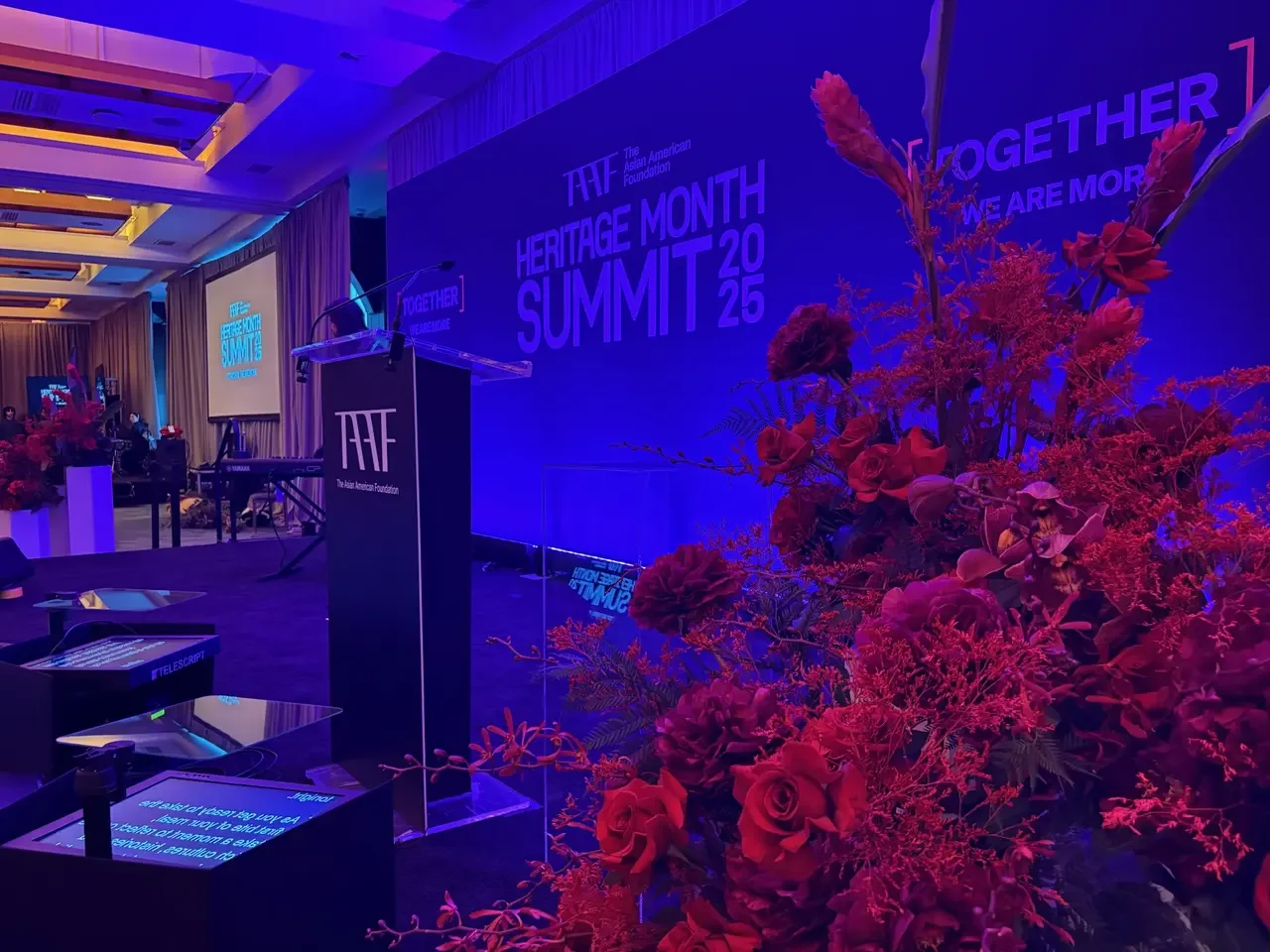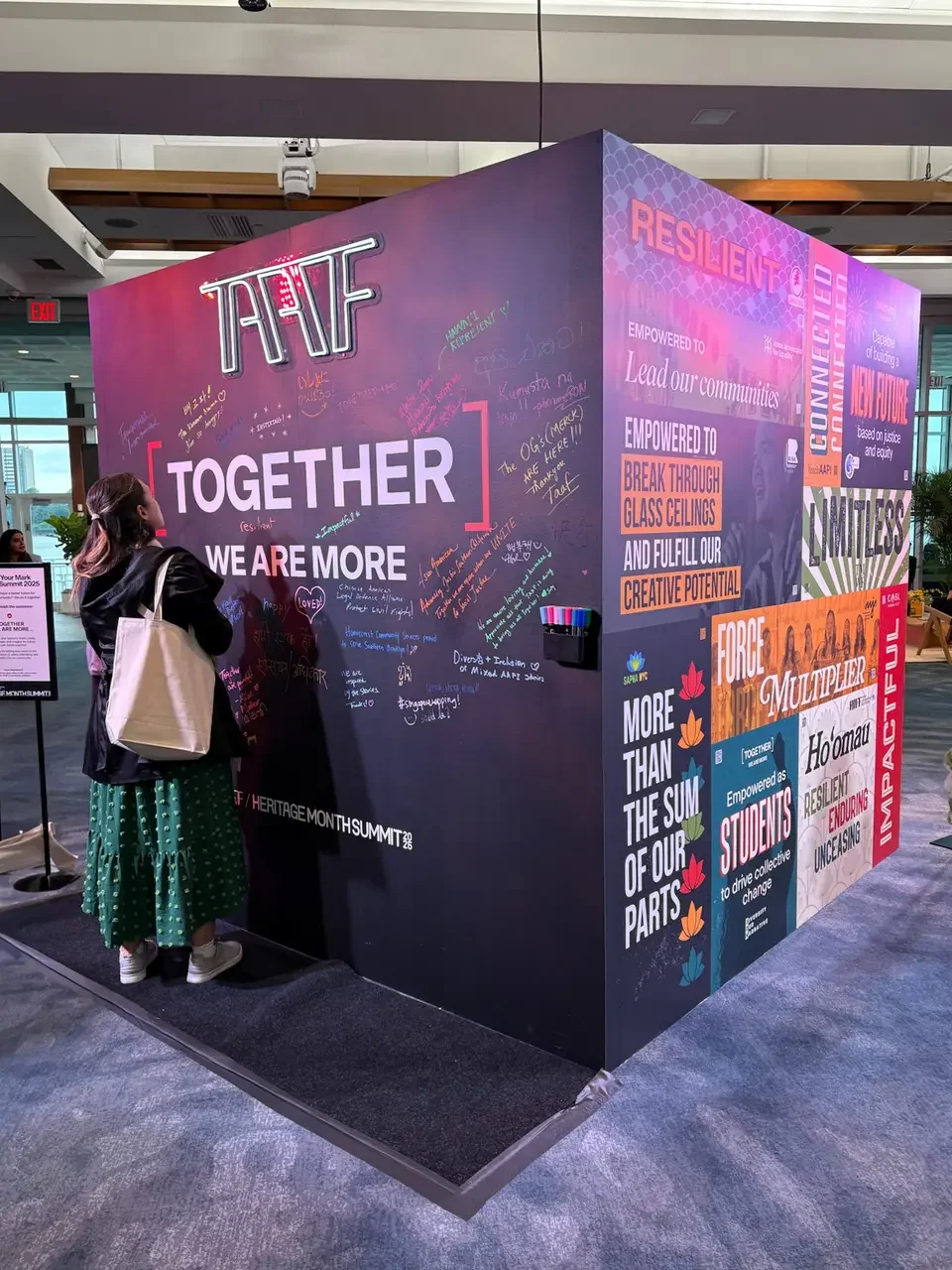7 Ways to Enhance Event Management for a Memorable Experience
Organizing an event can be a daunting task, but with the right approach, it can transform into a memorable experience for everyone involved. Whether you're planning a small meeting or a large summit, the key to success lies in effective management strategies. Let's explore some innovative ways to enhance event management, ensuring your event leaves a lasting impression.
1. Understanding Your Audience
The first step to organizing a memorable event is to know your audience. Tailor your event details to the interests and expectations of your attendees to ensure maximum engagement. Understanding your audience's preferences can not only increase participation but also foster a more meaningful connection between your organization and your participants. For instance, consider sending out pre-event surveys to gather insights on what attendees are interested in learning or experiencing. This simple step can enhance the impact of your event by making attendees feel valued and heard, laying a solid foundation for an engaging experience.
Additionally, creating personalized experiences by segmenting your audience based on demographics, interests, or industry can be beneficial. Tailor breakout sessions, workshops, and networking opportunities to align with these segments. Moreover, understanding cultural or regional factors when dealing with diverse audiences can help in addressing different needs and expectations, promoting inclusivity and ensuring that no attendee feels left out. Remember, a well-targeted event is more likely to resonate with your audience and create lasting memories.
2. Setting Clear Objectives
Define what success looks like for your event. Having clear objectives will guide the planning process and help measure your event's success. It's vital to establish both short-term and long-term goals for your event. Is your primary aim to launch a new product, foster networking among peers, or perhaps raise brand awareness? Clear objectives not only serve as a blueprint during the planning stages but also provide benchmarks for evaluation post-event.
In addition to setting objectives, prioritize them according to your organization's strategic goals. Quantifiable targets such as 'increase attendee satisfaction rate by 20%' can offer tangible metrics to assess success. Aligning these goals with your broader organizational objectives ensures the event delivers real value to both your organization and your attendees. Remember that constantly revisiting these objectives throughout the event planning cycle is crucial to keep the team focused and on track.
3. Choosing the Right Venue
An appropriate venue can make or break your event. Choose a location that is easily accessible, appropriate for your audience size, and conducive to the type of activities planned. Think outside traditional venue norms; sometimes, a unique or unconventional space can set the ambiance perfectly and leave a lasting impression.
When selecting the venue, consider factors such as technological capabilities, proximity to transportation hubs, and onsite amenities. Venues with advanced tech setups can support a seamless integration of audiovisuals and connectivity, essential for an immersive guest experience. Additionally, opting for a venue that aligns with the theme or purpose of the event can further enhance the overall atmosphere, making it more memorable for attendees.
4. Incorporating Technology
Utilize the latest technology to enhance the event experience. From event apps to virtual reality, technology can make your event more interactive and engaging. Using mobile apps for event management not only streamlines registration but also facilitates seamless communication with attendees, offering real-time updates, access to session materials, and networking platforms.
Furthermore, integrating augmented reality and virtual reality can transform traditional conferences into immersive brand experiences. Offering virtual tours or hands-on demos using these technologies captivates attendees' attention and offers new learning perspectives. Similarly, live streaming capabilities can extend the event's reach beyond physical borders, engaging a global audience and increasing brand visibility. Leverage these tech tools to create a dynamic, engaging, and forward-thinking event experience.
5. Crafting a Compelling Agenda
A well-structured agenda keeps your event flowing smoothly and ensures all key topics are covered. Balance informative sessions with interactive and networking opportunities. Consider incorporating a mix of keynote speeches, panel discussions, and breakout sessions to cater to varied interests and learning preferences.
Include buffer times between sessions to allow attendees to network and discuss insights. Additionally, involve participants by incorporating Q&A sessions or interactive polls to foster audience participation and dialogue. An adaptable agenda that allows real-time adjustments in response to attendee feedback can further enhance the event's success, leaving participants with a satisfying and enriching experience.
6. Enhancing Attendee Engagement
Implement interactive activities and networking opportunities to keep attendees invested and involved throughout the event. Offering touchpoints like a message board where guests can write on is a great way to engage attendees while making them feel like they are also able to contribute. Another approach is gamification, where elements like point-scoring, competitions, and rewards can amplify engagement and create a fun and immersive atmosphere.
Engage attendees by offering personalized experiences and rewards for participation, which can be recorded in their event profiles via the event app. Break away from traditional lecture-style presentations by incorporating workshops or roundtable discussions, providing opportunities for attendees to actively participate rather than passively consume content. Such interactions lead to greater knowledge exchange and collaboration, crucial for building strong professional networks.
7. Focusing on Fresh and Unique Content
Ensure your event content is relevant, fresh, and thought-provoking. Unique content keeps attendees interested and sparks meaningful discussions. Consider partnering with industry leaders to curate content that reflects the latest trends and innovations.
Emphasize storytelling by inviting speakers who can weave narratives around insights, leading to deeper connections with the audience. Offering interactive workshops where attendees can apply concepts learned during sessions can further reinforce learning. By focusing on cutting-edge content, you not only meet the expectations of the attendees but also position your organization as a thought leader in the industry.
By following these 7 tips, you can shape your next event to be an engaging, enjoyable, and memorable experience for your attendees.
Planning your next event? At Markham, we specialize in producing experiences that reflect your organization’s goals and vision. Contact us today. We're here to bring your vision to life.



